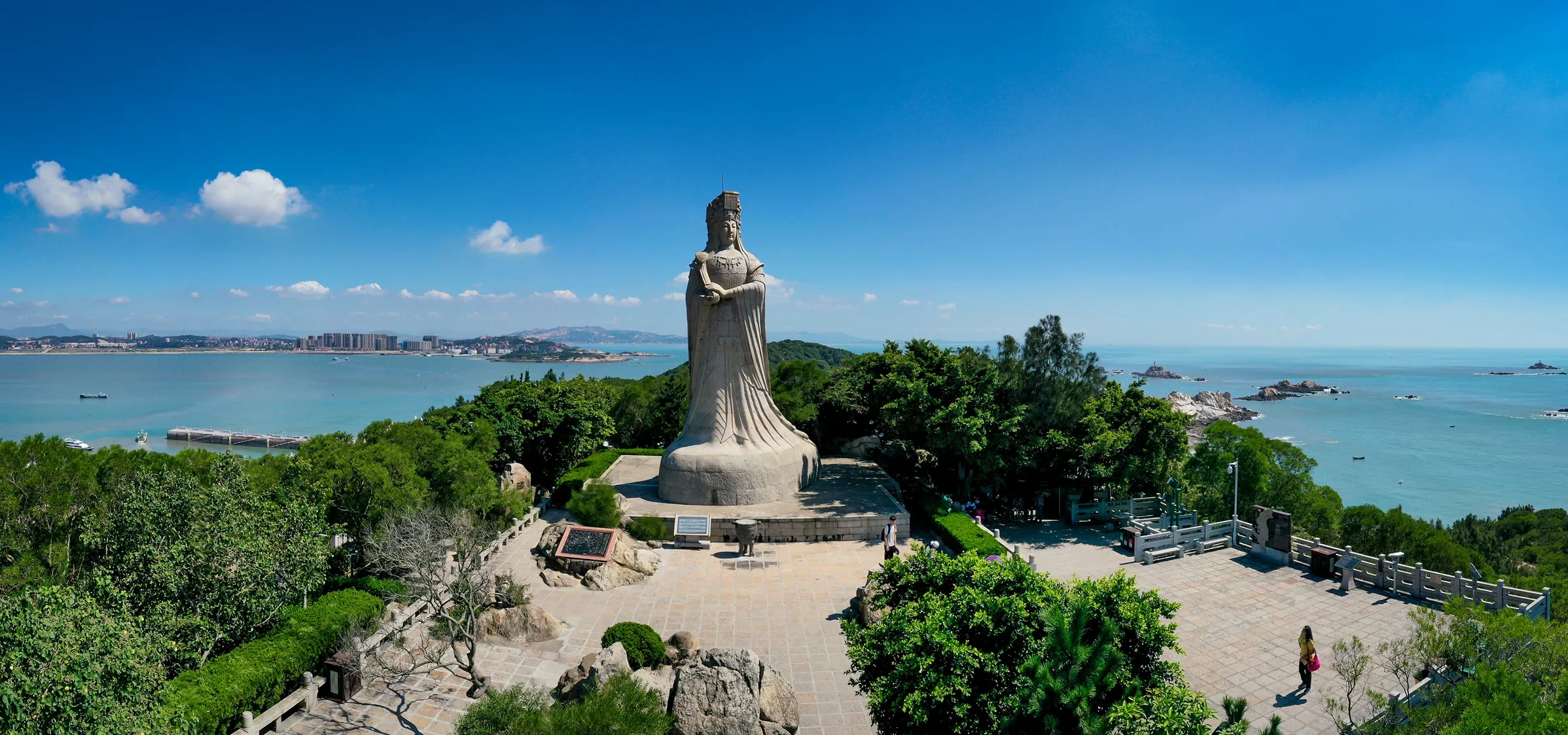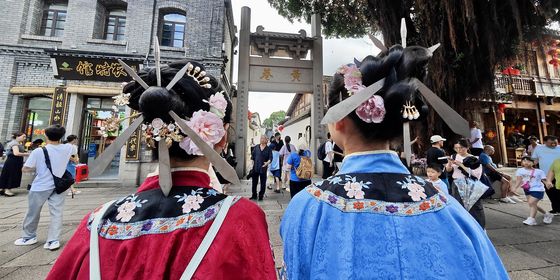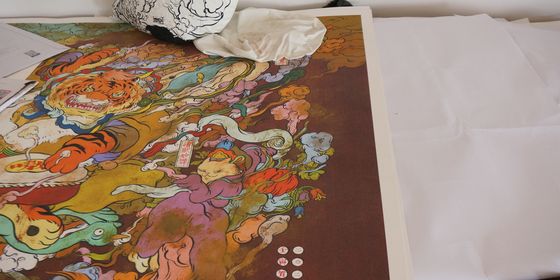An endangered Fujianese dialect from the birthplace of Mazu, the goddess of mariners
For over a decade, The World of Chinese has been offering modern Chinese-language instruction from street talk to social phenomena to character tales. With 129 officially recognized dialects (方言), though, we have barely scratched the surface of everything there is to learn.
On select Fridays, TWOC will be presenting a basic lesson on speaking like a native of a certain region of China. This week, we head down to Fujian to brush on some Pu-Xian Min.
China’s southeastern Fujian province is one of the most linguistically diverse areas in the world. Its mountainous terrain kept some areas isolated for dynasties at a time, producing eight mutually unintelligible branches of a broadly defined linguistic family known as Min (闽) Chinese.
Pu-Xian (莆仙) Min, also known as the Putian (莆田) or xinghua (兴化) dialect, is a lesser-known member of the family. Though it has 2.6 million native speakers, they are confined almost entirely to the coastal city Putian and nearby Xianyou (仙游) county. By comparison, Fuzhou-based Eastern Min (9.5 million speakers), or Foochow, and Quanzhou-based Southern Min (47 million speakers), also known as Hokkien, can be heard in Chinatowns around Southeast Asia, Japan, the US, and Europe. The latter is also the best-known fangyan of Taiwan, where it’s simply called “Taiwanese.”
Among the younger generations, Pu-Xian fluency is dwindling. This week’s speakers, two Putian-born postgraduate students in Beijing, often struggled to remember the Pu-Xian equivalent of basic Mandarin words during the recording process. Both tell TWOC that increasing pressure to succeed in the gaokao has forced local youths to spend more time indoors studying Standard Mandarin, and less time outside, interacting with fellow Putianese in their fangyan.
Like many other fangyan, Pu-Xian has suffered from a lack of documentation. Despite a Pu-Xian Bible being published by the British and Foreign Bible Society in the 19th century, there have been few efforts since to romanize the dialect. To keep it alive, Putian-born linguists have been interviewing older generations to record certain Pu-Xian vocabulary and grammatical features. The local TV station in Putian has also organized Pu-Xian speaking competitions, in which young Putianese are quizzed on their knowledge of the fangyan by their elders.
There is much to be appreciated about Pu-Xian Min. First, the dialect frequently makes use of a lisp, which is quite heart-meltingly cute when uttered by small children—or folk-singing middle-aged Putianese.
At the same time, Pu-Xian contains grammatical particles recognizable to Standard Mandarin speakers. Here are a few:
- “Therefore”, yīncǐ (因此), becomes “yīncé”
- “However”, dànshì (但是), becomes “dànshli”
- “Suppose”, jiǎrú (假如), becomes “gájú”
Getting a handle on Pu-Xian Min allows for a more authentic enjoyment of the area’s rich cultural heritage. Meizhou Island, off the coast of Putian, is the birthplace of Mazu (妈祖), also known as the Heavenly Empress, the shamaness-turned-goddess who is worshiped by 200 million people all over southern and coastal China, as well as the Chinese diaspora. Annually, 100,000 pilgrims come from Taiwan alone to worship at the Temple of the Heavenly Empress on Meizhou.
During the Double Ninth Festival, Pu-Xian opera performances held on Meizhou Island and Putian tell the story of Mazu, born a girl named Lin Moniang, who saved fishermen from drowning and performed other miracles at a young age. After her death at 27, Lin ascended to heaven on the ninth day of the ninth lunar month, and became Mazu, the goddess of seafarers. Pu-Xian opera, which is performed entirely in Pu-Xian Min, shares some similarities with the renowned Peking opera, but is a genre in its own right with over 5000 pieces in its repertoire. One distinct feature is the 蹀步 (dié bù), where the performer, clad in a long dress, patters so quickly and softly across the stage that it resembles gliding.
While full comprehension of a Pu-Xian opera might be a little far-fetched, it might be possible to chat with the locals during intermission with the following expressions:
1.
A: We’re having stewed pork noodles today, come down and eat!
Geenua zhuloumin leli shliama!
今天猪卤面,下来吃饭!
B: Coming, coming!
Li le li le!
来了来了!
2.
A: Our neighbor’s grandson has an auspicious-looking face.
Chouyu ni nowehegei shlong gweeg shla dwa dai zai.
邻居家的孙子长得很有福气啊。
B: No way, he’s so fat!
Di a u, i hehe bu e o!
哪有, 他那么胖!
3.
A You’re a pig.
Du di du.
你是猪。
B: No, you’re the pig.
Du nia di du.
你才是猪。
4.
A: So, who did you bully today?
Da du gun nwa ai lenni de nao ?
那你今天又欺负谁了?
B: “Me? I would never do that!”
Aleou, ba!
哪里有,没!
5.
A: It’s the ninth day of the ninth [lunar] month; shall we go worship Mazu?
Gi nwa gao wei que ga ba ge zhege bai ma zhou mie?
今天九月初九,去拜妈祖吗?
B: OK, let’s go together.
Heia zei ku.
好啊,一起去。
6.
A: I didn’t see you this morning. Where did you go?
Zao yi bu kuan du du ge ga dia?
早上没见到你,你去哪啦?
B: I went with my grandmother to the temple to watch some opera.
Guo ge ama zei gya gu en ku kua hi.
我和阿妈一起去宫里看戏了。












